Healthy Eating: Why Does The U.S. Fall Behind?
HEALTHY EATING: WHY DOES THE U.S. FALL BEHIND? (ISSUE 114)
By Diane Gold
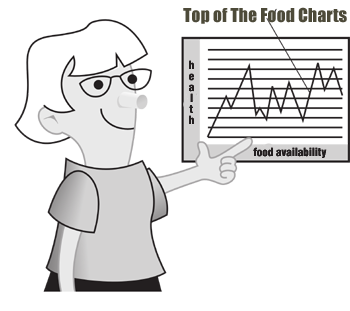 We would think that healthy eating in the United States is easy and that we are at the top of the charts when compared to other countries.
We would think that healthy eating in the United States is easy and that we are at the top of the charts when compared to other countries.
So why do we have more dietary sickness (diabetes and obesity) than 120 out of 125 countries (see Oxfam’s Good Enough To Eat chart, mentioned in the New York Times article by Mark Bittman on January 21, whose information is collected from organizations like the World Health Organization).
According to this report which looks at best and worst countries’ food statistics, the United States has the most affordable food, 4th best in quality, 41st best in available water (big surprise), along with the above statistic on health from food and is 21st in having enough food.
I remember having a discussion with one of my virtual assistants in India and his complete shock and disbelief when I said that there are people in the US who are hungry. Obviously, some people have triple what they need, and others do not.
Let’s focus back on the healthy eating topic. Do we eat more healthfully than poorer countries? The answer, tragically, is not as a country. Here’s why.
PESTICIDES AND GMOs
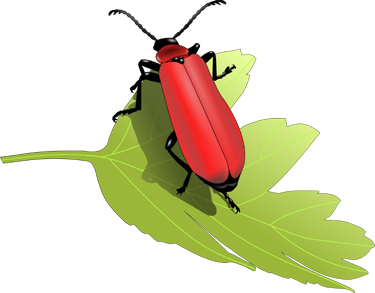 Farmers use some method of offsetting bugs and weeds on their crop. Many use toxic pesticides which change the basic structure of the fruit or vegetable being grown or add some new chemical structure to the plant by pesticide exposure. This makes the food less healthy.
Farmers use some method of offsetting bugs and weeds on their crop. Many use toxic pesticides which change the basic structure of the fruit or vegetable being grown or add some new chemical structure to the plant by pesticide exposure. This makes the food less healthy.
(See http://warriorsofweight.com/pesticides-which-fruits-veggies-have-least.)
Another series of events may contribute to low health statistics. Farmers are dependent upon seed supply companies of which there are many. If they are convinced through extravagant marketing that genetic modification reduces the need for expensive pesticides, they may opt for seeds that have been genetically changed. (Noteworthy is that the 4 large companies, together, own a whopping 47% of the GMO (genetically modified organism) seed businesses.) There is no study that definitely points to worse health with GMOs, but we do know that some of the resulting modified seeds may be carcinogenic.
The marketing for GMOs is that the GE seeds were structured to enable certain weed killers to be used no harm to the seed and its resulting plant. The GMO seed is also supposed to be stronger so that it requires less pesticide. That’s the hype to get farmers to pay more for seeds because they are GMO.
Unfortunately, in July, 2012, Food and Water Watch came out with a study based on USDA and USEPA statistics that the use of genetically modified seeds does not reduce pesticide use. Also, there may be evidence that GMOs are toxic.
So, why buy GMO seeds, when farmers will not save money on pesticides and when these seed companies require farmers to contract to throw away the seeds after one planting? As humans, we always look to social proof and listen to marketing. If large companies say it’s so, it must be so, right? Never mind the science if we haven’t been exposed to it as often.
So, we consume pesticides galore which cause all sorts of health issues.
SNACKS AND PACKAGED FOODS
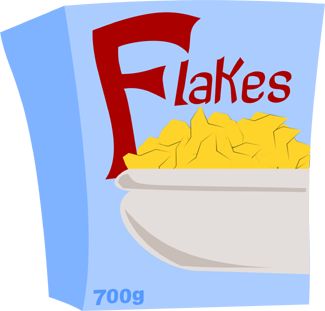 More packaged food than not is in our supermarkets. We use corn and soy, most of it genetically engineered (GE), and sugar, half of it GE, to create fast food with lovely colors. Instead of selling snacks that are fresh food, we buy boxes or bags with ingredients we can’t pronounce. Older generations did it, meaning our parents or grandparents; so why shouldn’t we?
More packaged food than not is in our supermarkets. We use corn and soy, most of it genetically engineered (GE), and sugar, half of it GE, to create fast food with lovely colors. Instead of selling snacks that are fresh food, we buy boxes or bags with ingredients we can’t pronounce. Older generations did it, meaning our parents or grandparents; so why shouldn’t we?
We are more nutritionally educated than in the past, so that’s a good reason not to carry on the habit. The goal of the food industry is for us to buy. Many of us believe that if the food giants with lots of experience produce something, it must be healthy for us to eat.
In the past, we trusted the industry with our nutrition. After all, each company has a research and development team, scientists, doctors and inventors.
Now, we know that the researchers and developers in food are there to cause us to buy the food. Health is of no concern as long as the food passes some very inferior safety testing probably created by the regulators with the help of the industry itself.
Beware that packages that say vegan or organic are still processed food.
GREED
 We are pleasure seekers and taste mongers with our taste buds being bombarded with new combos of flavor. We will do anything for the next delight, whether it be food, body sensation, exercise, drink, color, gadget. What this means with food is that, even though we know that healthy food is crucial, we choose to eat highly fatty, salty, oily foods that taste unbelievably good. And we have developed the habit of eating portions that are much too large, just because we have developed the habit by being served too much in a restaurant or at home.
We are pleasure seekers and taste mongers with our taste buds being bombarded with new combos of flavor. We will do anything for the next delight, whether it be food, body sensation, exercise, drink, color, gadget. What this means with food is that, even though we know that healthy food is crucial, we choose to eat highly fatty, salty, oily foods that taste unbelievably good. And we have developed the habit of eating portions that are much too large, just because we have developed the habit by being served too much in a restaurant or at home.
These habits are waiting to be replaced with healthy eating.
OVERUSE OF ANTIBIOTICS
Our wealth and our propensity for pharmaceutical cures has led us to over-ingest antibiotics. We know there are a good many viruses that cause us to be sick, yet, since the development of penicillin, we have been antibioticking (verb creation going on, here) ourselves unnecessarily.
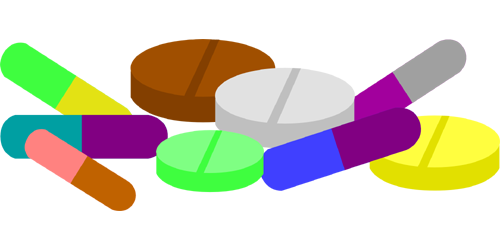 Antibiotics do not work against viruses. They also strip the body of the microbiomes needed on an hourly basis in the human digestive tract. A study at Washington University School of Medicine, St. Louis, Mo., published in Pediatrics in 2012, swabbed the nasal passages of young children with unexplained fever and, for control, children without fever. Those with fever had 5 X the viral load of those without. The study’s objective was to to determine whether a quick nasal swab could improve the mistaken prescribing of antibiotics for viral sickness, which always harms microbial balance. The jury is still out, in my opinion, for 2 reasons: the antibiotic industry is massively profitable and there are some very nasty bacteria that can kill the patient if antibiotics are not given in time.
Antibiotics do not work against viruses. They also strip the body of the microbiomes needed on an hourly basis in the human digestive tract. A study at Washington University School of Medicine, St. Louis, Mo., published in Pediatrics in 2012, swabbed the nasal passages of young children with unexplained fever and, for control, children without fever. Those with fever had 5 X the viral load of those without. The study’s objective was to to determine whether a quick nasal swab could improve the mistaken prescribing of antibiotics for viral sickness, which always harms microbial balance. The jury is still out, in my opinion, for 2 reasons: the antibiotic industry is massively profitable and there are some very nasty bacteria that can kill the patient if antibiotics are not given in time.
According to a Mayo Clinic article, antibiotics don’t work on bronchitis, colds, flu, most coughs, most ear infections, most sore throats, stomach flu. According the CDC’s Antibiotic Resistance Threats In The United States 2013,
“… up to 50% of all the antibiotics prescribed for people are not needed or are not optimally effective as prescribed.”
2 articles in the Journal Of The American Medical Association headed by Gonzalez, R. in 1997 and Nyquist, AC in 1998 came up with the statistic that colds that 23 million prescription annually were written for bronchitis, colds and upper-respiratory infection.
At that time, it was 1 in 5 antibiotic prescriptions being wrongly prescribed.
The use of antibiotics causes needed healthy bacteria to disappear, which enables antibiotic resistance and causes immune system vulnerability taking away some of our good health.
LACK OF NUTRITION EDUCATION
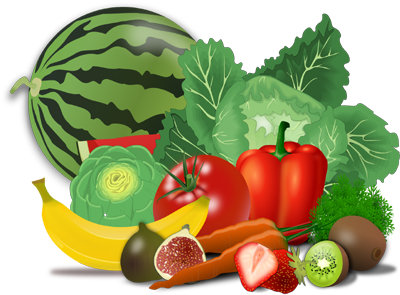 How long is the nutrition course in our schools? What? There isn’t one, or there was that one day when Chelsie’s mom, the chef, came in? We learn how to read, how to write, how to add and subtract numbers so that we can go to the bank and shop, but is there an ongoing course to teach us how to sustain our health through food or teach us what to buy based on budget?
How long is the nutrition course in our schools? What? There isn’t one, or there was that one day when Chelsie’s mom, the chef, came in? We learn how to read, how to write, how to add and subtract numbers so that we can go to the bank and shop, but is there an ongoing course to teach us how to sustain our health through food or teach us what to buy based on budget?
Although much has changed since I went to school, nutrition is currently a sporadic course in most schools. A great schedule would be to offer it twice a week from pre-school through high school, along with and not instead of physical education. Why did it take America’s failing health to remind us to include this hugely important subject?
MONEY, MONEY, MONEY, MONEY
We make many choices about what we eat based upon how much we have to spend. Of course, this is a huge factor that requires further discussion. It is so important that it is best discussed in school as well as in the home.
WHAT CAN YOU DO AKA WHAT ACTION STEPS CAN YOU TAKE?
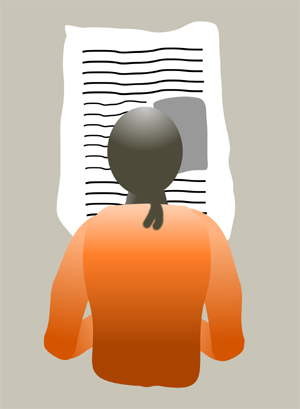 1) You can suggest to the editor of your local newspaper to have a natural foods home from school snack contest, vegan and non-vegan, organic and non-organic, on which the entire community’s children can vote. It will stimulate creativity, allow others to share recipes, build awareness and promote health in snacking. Plus, it will educate our kids to the possibilities available with whole foods.
1) You can suggest to the editor of your local newspaper to have a natural foods home from school snack contest, vegan and non-vegan, organic and non-organic, on which the entire community’s children can vote. It will stimulate creativity, allow others to share recipes, build awareness and promote health in snacking. Plus, it will educate our kids to the possibilities available with whole foods.
You can ask your local health food store and supermarket to donate ingredients.
2) When you go to see your doctor or health professional, have a fully transparent discussion about the nature of any treatment prescribed for you. This includes asking which research the professional thinks will help you get the facts and understand the risks. Although the expression,
“You are under my care,”
is very common, we must take responsibility for staying aware and making choices with our health advisor.
Doctors like talking to informed patients and, if you are respectful of the provider’s expertise, many will have very informative discussions with you and will share more with you the more you know.
3) Go to your local elementary school and ask what the sequence of nutrition education is for each grade in the school. Do the same at the middle and high schools. Yes, even if you do not have a child in school or in that grade.
If there’s no set curriculum, suggest starting one. Here are some references:
vrg.org/nutshell/nutshell.htm#teaching
cde.ca.gov/search/searchresults.asp?cx=001779225245372747843:gpfwm5rhxiw&output=xml_no_dtd&filter=1&num=20&start=0&q=nutrition%20educationfrom
fnic.nal.usda.gov/professional-and-career-resources/nutrition-education/curricula-and-lesson-plans
Keep in mind that if food industry manufacturer has helped to create a curriculum, the lesson plan will be biased in the direction of the food manufacturer’s philosophy (such as, the meat and dairy industry would not advocate a vegan diet). Also, many curricula leave out the vegan diet. Put it in as a remarkably healthy option.
CONCLUSION
Healthy eating is on us as individuals. It’s on us to lead the education system to teach nutrition and plant-based nutrition in the classroom.
In general, we need to choose curricula that are not connected with any particular industry or company, since most offer free curricula to promote their cause.
We have the strongest country in the world. Let’s understand our nutritional downfalls, and let’s get around to healthy eating.
![]()
FOOD FOR THOUGHT
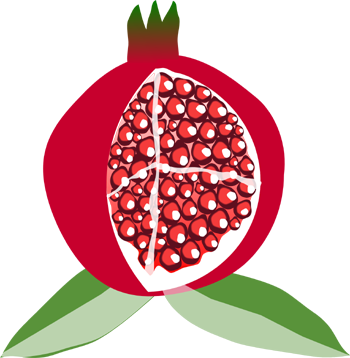
How can we manufacture food? Food grows.
![]()
![]()
FEEDBACK
We value your feedback very much.
Please leave a comment.
Please LIKE us on the website and at WarriorsOfWeight on Facebook. Thanks.
![]()
DIANE GOLD, AUTHOR
Diane Gold, Founder of Warriors of Weight, Turning Habits Into Health, is a mentor in tai chi, kung fu and meditation, a music, fitness and stress expert, dedicated mom, studying plant-based nutrition and habit change.
She sees lots of bad education and believable marketing about food (and drugs) that have no place in realism. Because people are naive and don’t demand more, they get duped. She says,
“We are right to be trusting and loving. This is number one. However, we are also right to discern love and concern from profit motive and corporate advancement. Just as familes love each other more than anything, corporations love more sales than anything. It is crucial for us to know the sources of all the ingredients we ingest, which we don’t, which means we can’t make informed decisions about whether we want to eat the food. But we eat it anyway. (Same with pharmaceuticals.)
“It is fair to think that the regulations on food (and drugs) have been influenced by the food (and pharmaceutical) industries. It is the industry’s job to make as many sales as possible, even if it persuading us with nebulous or false or omitted information. It is fair that we have to do our own research on healthy eating. It is also fair for us to speak out to change safety standards and require labels to include sourcing of each ingredient, waxing of every piece of produce and source of each fertilizer that goes into the ground that grows our produce.
“We are a long way off from transparency in any of these areas. So, let’s look at the research on regulations and regulators. And let’s be diligent when we believe what we hear. These kinds of actions will help us in the United States and abroad with raising the bar on healthy eating.”
![]()

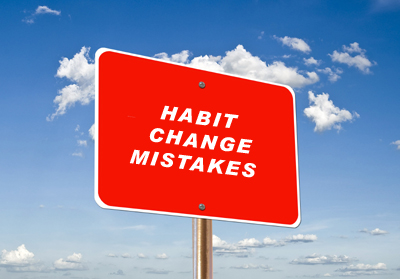 Of course, we don’t. We have every intention of carrying out our newly designed plan that we’ve been considering for some time. We have the motivation, and we know all we have to do is,
Of course, we don’t. We have every intention of carrying out our newly designed plan that we’ve been considering for some time. We have the motivation, and we know all we have to do is,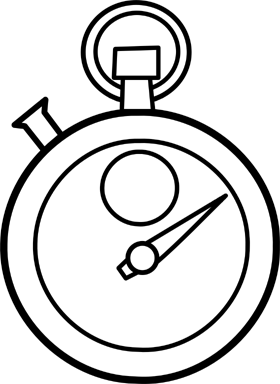 a)
a) 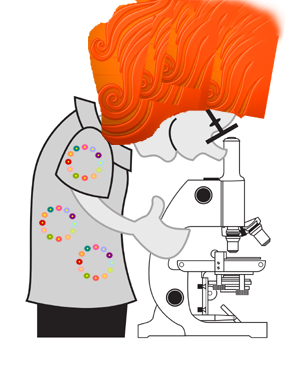 Use a supplement without researching its research and realizing that the referred to research isn’t public, is disorganized, was done using inconclusive method, doesn’t exist, is too old, was mismanaged, was word of mouth, used evidence-based information based on a control group of 30 people on which all world info is based, was gathered by the manufacturer and publicized in a magazine published by the manufacturer.
Use a supplement without researching its research and realizing that the referred to research isn’t public, is disorganized, was done using inconclusive method, doesn’t exist, is too old, was mismanaged, was word of mouth, used evidence-based information based on a control group of 30 people on which all world info is based, was gathered by the manufacturer and publicized in a magazine published by the manufacturer.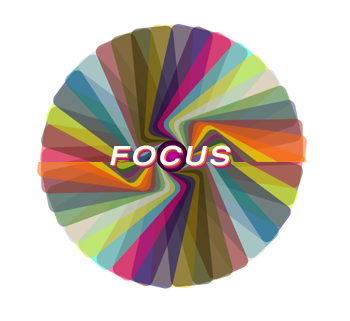 We need one-pointed focus to embark on any strategy. It’s hard enough without our giving ourselves scattered mind.
We need one-pointed focus to embark on any strategy. It’s hard enough without our giving ourselves scattered mind.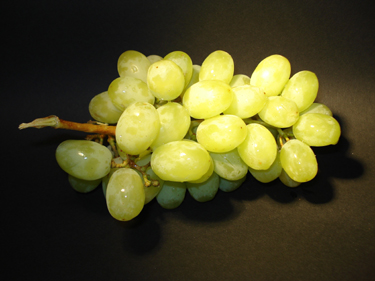 b)
b) 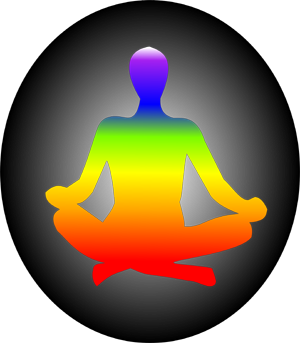 Join a gym, a dance class, meditation session now, even though you don’t want people to see the many rolls of fat you have. Waiting means not progressing, so go, go, go today!
Join a gym, a dance class, meditation session now, even though you don’t want people to see the many rolls of fat you have. Waiting means not progressing, so go, go, go today!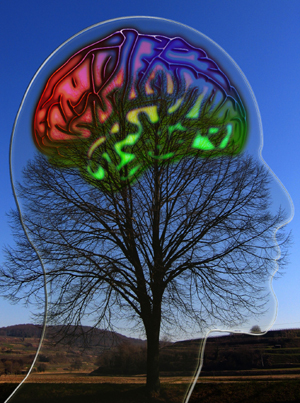
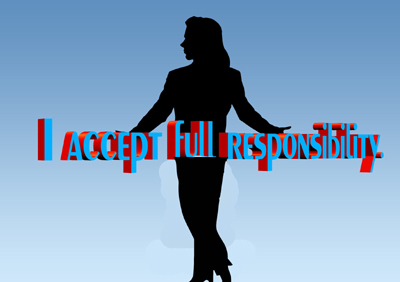 In the previous article in this series (June 24, 2013), I mentioned I was still looking for a primary care provider. I have found her. It is I, an unlicensed, non-medical person who knows a lot about nutrition and mind, body, spirit fitness. So far, I care the more about my own care than anyone I have found; I don’t treat myself like just another chart; I know the details of my case without having to look at a chart which is brief, at best; I have done research on nutrition and fitness and body processes and interactions that no medical personnel I know has done.
In the previous article in this series (June 24, 2013), I mentioned I was still looking for a primary care provider. I have found her. It is I, an unlicensed, non-medical person who knows a lot about nutrition and mind, body, spirit fitness. So far, I care the more about my own care than anyone I have found; I don’t treat myself like just another chart; I know the details of my case without having to look at a chart which is brief, at best; I have done research on nutrition and fitness and body processes and interactions that no medical personnel I know has done.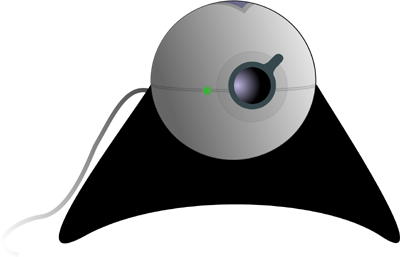 Although I am looking forward to the day when all medical professionals offer electronic consults, the telehealth-telemedicine industry is already having us form a new habit, should we choose to accept what it is pushing. Their business model saves provider overhead, saves the government emergency visit costs for patients who get government subsidies, but the patient pays the same as before. As are many infrastructures, this one is abusive.
Although I am looking forward to the day when all medical professionals offer electronic consults, the telehealth-telemedicine industry is already having us form a new habit, should we choose to accept what it is pushing. Their business model saves provider overhead, saves the government emergency visit costs for patients who get government subsidies, but the patient pays the same as before. As are many infrastructures, this one is abusive.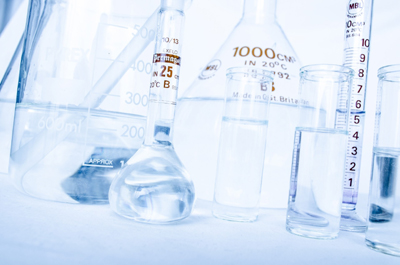 Does your doctor work for a pharmaceutical company? Did you know that some are commissioned to recruit patients for a new drug, getting paid per each head brought to the study? They are also trained to educate other doctors about the possible benefits of the drug so that other doctors will recruit patients to take the drug. Don’t know for sure, but I suspect that the educating doctor gets a cut of the stipend that every other doctor gets for bringing patients to the study. If this is the structure, it is multi-level marketing which I firmly believe in. But, in medicine, might there be agendas pushing prescribing techniques?
Does your doctor work for a pharmaceutical company? Did you know that some are commissioned to recruit patients for a new drug, getting paid per each head brought to the study? They are also trained to educate other doctors about the possible benefits of the drug so that other doctors will recruit patients to take the drug. Don’t know for sure, but I suspect that the educating doctor gets a cut of the stipend that every other doctor gets for bringing patients to the study. If this is the structure, it is multi-level marketing which I firmly believe in. But, in medicine, might there be agendas pushing prescribing techniques?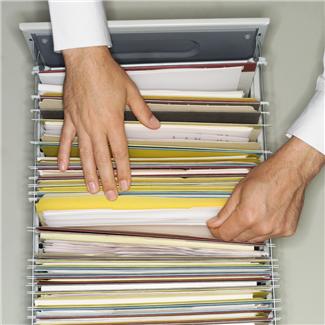 Doctors and health professionals only get to see a summary of abstracts or the full abstract if they pay for a medical journal subscription that houses the abstract. The abstract is some editor’s summation of facts which may not reflect study results. How weird that drug study results are not open to patients. We’re the ones who have to decide to take them or not. These data are also not open to doctors. Should we just say,
Doctors and health professionals only get to see a summary of abstracts or the full abstract if they pay for a medical journal subscription that houses the abstract. The abstract is some editor’s summation of facts which may not reflect study results. How weird that drug study results are not open to patients. We’re the ones who have to decide to take them or not. These data are also not open to doctors. Should we just say,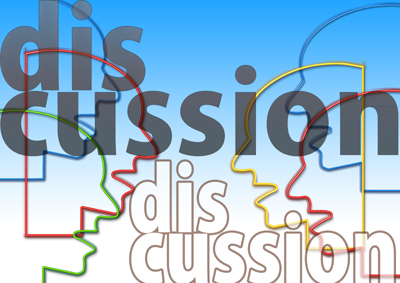 7a)
7a)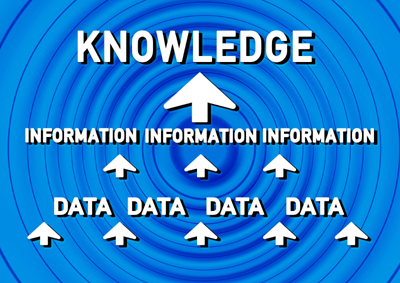 If you have no insurance, ask the provider’s office person for what you will be responsible if you have a routine visit, an x-ray, anything else commonly done in your type of provider’s office. Of course, the office person will say s/he won’t know until afterwards. At this point, mention that you are asking for the cost for an office visit and 3 x-rays. If you don’t have the x-rays, you can deduct that amount. Also, if you have no insurance, request of the office personnel that they request of the provider to be permitted to pay the allowed amount paid by people on an in-network insurance plan. Sometimes, they will have mercy. But, if you don’t ask, you’ll never know.
If you have no insurance, ask the provider’s office person for what you will be responsible if you have a routine visit, an x-ray, anything else commonly done in your type of provider’s office. Of course, the office person will say s/he won’t know until afterwards. At this point, mention that you are asking for the cost for an office visit and 3 x-rays. If you don’t have the x-rays, you can deduct that amount. Also, if you have no insurance, request of the office personnel that they request of the provider to be permitted to pay the allowed amount paid by people on an in-network insurance plan. Sometimes, they will have mercy. But, if you don’t ask, you’ll never know.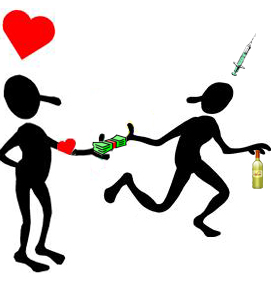 According to the dictionary, an enabler is a person who makes something possible. In the habit sense, it is a person who assists a habitual behaviorist to get her reward from some negative behavior.
According to the dictionary, an enabler is a person who makes something possible. In the habit sense, it is a person who assists a habitual behaviorist to get her reward from some negative behavior.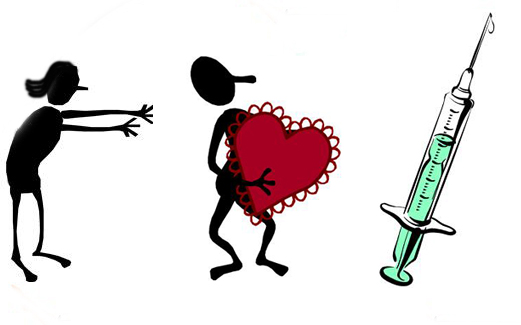
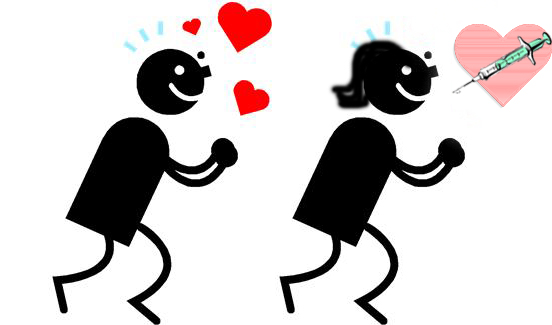
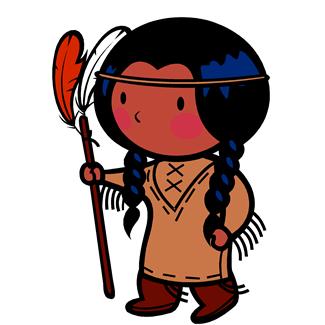 In the same way that some cultures send a young person out to prove adulthood, we must allow our loved ones to fend for themselves or work on themselves, or they will never prove themselves to themselves. If we want to save ourselves, we must, in turn, remove the magnetic pull they have on us and let go, if we are to find our own way.
In the same way that some cultures send a young person out to prove adulthood, we must allow our loved ones to fend for themselves or work on themselves, or they will never prove themselves to themselves. If we want to save ourselves, we must, in turn, remove the magnetic pull they have on us and let go, if we are to find our own way.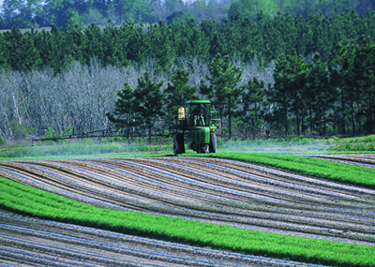 The Environmental Protection Agency (epa.gov) regulates pesticides, but the amounts it allows in our fruits and vegetables is not so easy for the lay person to evaluate. Partly because we don’t have the time to look up the more than 1055 approved pesticides in use in the US and partly because the EPA is not offering the easiest chart for consumers. Agricultural Pesticides
The Environmental Protection Agency (epa.gov) regulates pesticides, but the amounts it allows in our fruits and vegetables is not so easy for the lay person to evaluate. Partly because we don’t have the time to look up the more than 1055 approved pesticides in use in the US and partly because the EPA is not offering the easiest chart for consumers. Agricultural Pesticides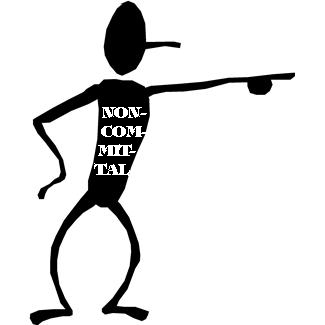
 Whatsonmyfood.org gives us some excellent information about the presence of pesticides on foods. It takes its info from the US Department of Agriculture, Pesticide Data Program, currently using 2005 data. For example, it lists that blueberries have a particular percentage of all blueberries in the US, on average, have pesticides A, B, C, D, E, F, G, H, I, J, K, L, M, N, O, P, Q, R, S, T, U, V, W, X, Y, Z, AA, BB, CC, DD, EE, FF, GG, HH, II, JJ, KK, LL, MM, NN, OO, PP, QQ, RR, SS, TT, UU, VV, WW, XX and YY present. It would be great if we could easily find a table showing the EPA tolerances (amount of pesticides that are permitted to be present and still be safe for consumption) for each of those pesticides.
Whatsonmyfood.org gives us some excellent information about the presence of pesticides on foods. It takes its info from the US Department of Agriculture, Pesticide Data Program, currently using 2005 data. For example, it lists that blueberries have a particular percentage of all blueberries in the US, on average, have pesticides A, B, C, D, E, F, G, H, I, J, K, L, M, N, O, P, Q, R, S, T, U, V, W, X, Y, Z, AA, BB, CC, DD, EE, FF, GG, HH, II, JJ, KK, LL, MM, NN, OO, PP, QQ, RR, SS, TT, UU, VV, WW, XX and YY present. It would be great if we could easily find a table showing the EPA tolerances (amount of pesticides that are permitted to be present and still be safe for consumption) for each of those pesticides. The Environmental Working Group has created a consumer guides that lists which top fruits and veggies have the most and least pesticides so that we can choose how to spend our money and ingest fewer pesticides. This group is the environmental health and advocacy organization whose work resulted in the Food Quality Protection Act in 1996.
The Environmental Working Group has created a consumer guides that lists which top fruits and veggies have the most and least pesticides so that we can choose how to spend our money and ingest fewer pesticides. This group is the environmental health and advocacy organization whose work resulted in the Food Quality Protection Act in 1996.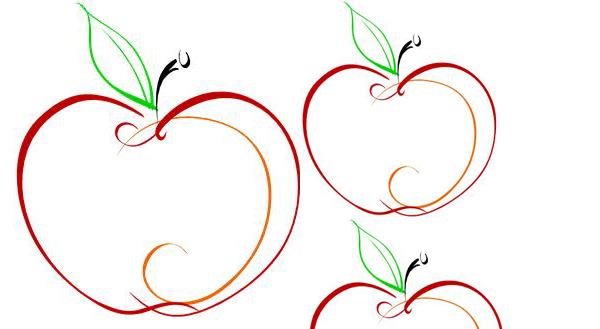 APPLES
APPLES


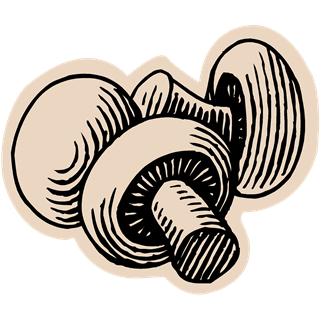
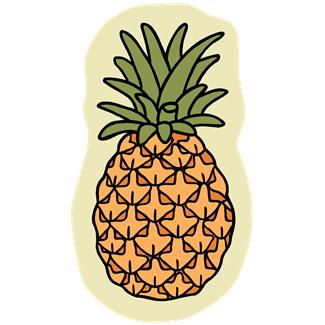
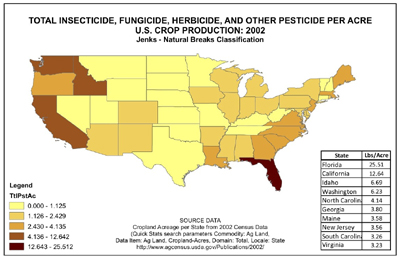 Pesticides are here, both on organic and conventional produce. Synthetic pesticides can burn the mouth, lungs, the respiratory system, cause nerve damage, cause skin to peel or change color, cause temporary blindness when exposure is high. Hopefully, we are never exposed to enough at once to cause anything like this. But it makes us think about how safe pesticides are in smaller quantities on our food.
Pesticides are here, both on organic and conventional produce. Synthetic pesticides can burn the mouth, lungs, the respiratory system, cause nerve damage, cause skin to peel or change color, cause temporary blindness when exposure is high. Hopefully, we are never exposed to enough at once to cause anything like this. But it makes us think about how safe pesticides are in smaller quantities on our food.
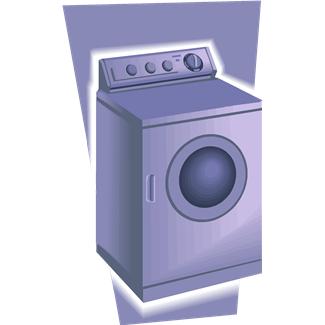 Animal protein is known to clog arteries. Plant-based is not known to do this.
Animal protein is known to clog arteries. Plant-based is not known to do this.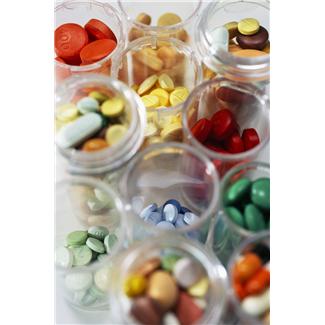 If people are healthier and use less medical services, less pharmaceuticals; they will reduce their own personal costs. They will also reduce the pharmaceutical and medical equipment manufacturing rate as well as the distribution and transportation costs which are 1.5 to 4.5% of their sale price, according to Transportation Journal, Jan., 2005.
If people are healthier and use less medical services, less pharmaceuticals; they will reduce their own personal costs. They will also reduce the pharmaceutical and medical equipment manufacturing rate as well as the distribution and transportation costs which are 1.5 to 4.5% of their sale price, according to Transportation Journal, Jan., 2005.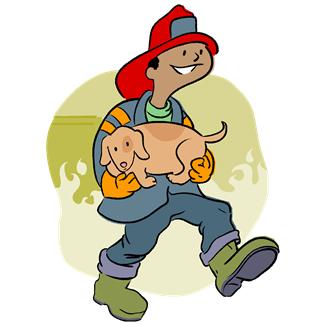 If we could avoid running over a dog or cat in the road, would we do it? Of course, we would. In the same way, if we transitioned to a plant-based diet, we would be doing just that. We would automatically be eliminating the need for the animal industry to replace food we just ate. This means we would slow down the process of using animals for food, which, more times than we would like to think, abuses, terrorizes and mutilates animals. Although there are hard, honest workers in the animal food industry, if there are other choices, can we make them?
If we could avoid running over a dog or cat in the road, would we do it? Of course, we would. In the same way, if we transitioned to a plant-based diet, we would be doing just that. We would automatically be eliminating the need for the animal industry to replace food we just ate. This means we would slow down the process of using animals for food, which, more times than we would like to think, abuses, terrorizes and mutilates animals. Although there are hard, honest workers in the animal food industry, if there are other choices, can we make them?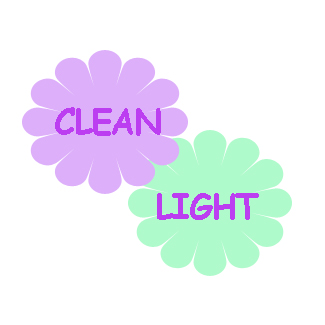 Another reason for considering a plant-based diet (or its direction) is personal to me. Therefore, please consider this in evaluating it.
Another reason for considering a plant-based diet (or its direction) is personal to me. Therefore, please consider this in evaluating it.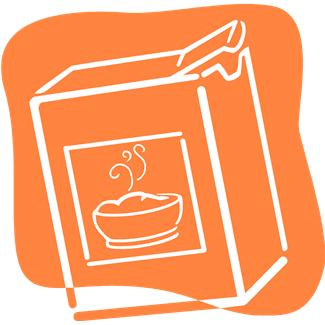 2)
2)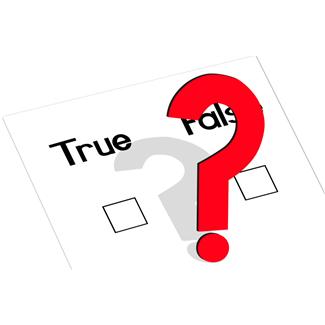
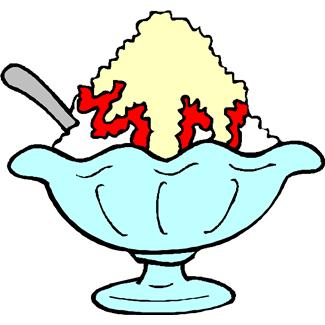 This makes complete sense from a visceral point of view. Let’s say we have not had cake, cookies, candy, ice cream for a while because we always eat too much or because we have heard sugar is bad. What happens when we have some?
This makes complete sense from a visceral point of view. Let’s say we have not had cake, cookies, candy, ice cream for a while because we always eat too much or because we have heard sugar is bad. What happens when we have some? According to some old US Department of Commerce sales reports, researched, converted to approximate consumption and infographed by Stephen Guyenet, an obesity researcher at University of Washington, B.S., biochemistry, PhD, neurophysiology, and Jeremy Landen, as of 2012, we consumed approximately 100 pounds of sugar per year. In 1822, we consumed 6.3 pounds per person per year. Another way of looking at it is that in 1822, we consumed the equivalent of a can of cola’s worth of sugar in five days. Now, we consume that number in seven hours. That’s 19 times an increase.
According to some old US Department of Commerce sales reports, researched, converted to approximate consumption and infographed by Stephen Guyenet, an obesity researcher at University of Washington, B.S., biochemistry, PhD, neurophysiology, and Jeremy Landen, as of 2012, we consumed approximately 100 pounds of sugar per year. In 1822, we consumed 6.3 pounds per person per year. Another way of looking at it is that in 1822, we consumed the equivalent of a can of cola’s worth of sugar in five days. Now, we consume that number in seven hours. That’s 19 times an increase.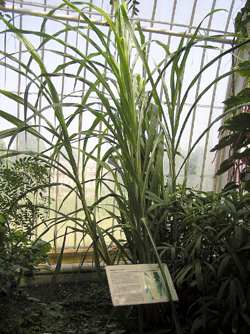 According to the FDA’s food labeling provisions, not all sugars are required to be listed. Currently, regulation 101.9(c)(6)ii requires that the sugars that must be counted within the labeling system are mono- and disaccharides. That means glucose, fructose, lactose, sucrose. All other sugars may be included voluntarily. That includes fiber and sugar alcohols such as sorbitol, xylitol, mannitol.
According to the FDA’s food labeling provisions, not all sugars are required to be listed. Currently, regulation 101.9(c)(6)ii requires that the sugars that must be counted within the labeling system are mono- and disaccharides. That means glucose, fructose, lactose, sucrose. All other sugars may be included voluntarily. That includes fiber and sugar alcohols such as sorbitol, xylitol, mannitol.
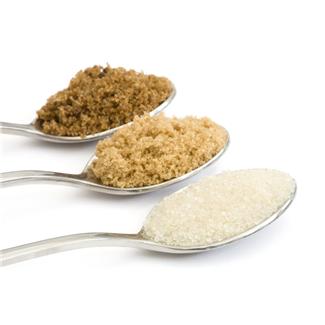 Regulation of sugar intake is good. Knowing what sugary substances we ingest is great. If we don’t stress our bodies by putting them through the sugar roller coaster, we are better off. If our bodies react poorly to high sugar intake, we can notice it. Is sugar bad for our health? It depends upon which kind of sugar, the condition of our health, how much and our lifestyle.
Regulation of sugar intake is good. Knowing what sugary substances we ingest is great. If we don’t stress our bodies by putting them through the sugar roller coaster, we are better off. If our bodies react poorly to high sugar intake, we can notice it. Is sugar bad for our health? It depends upon which kind of sugar, the condition of our health, how much and our lifestyle.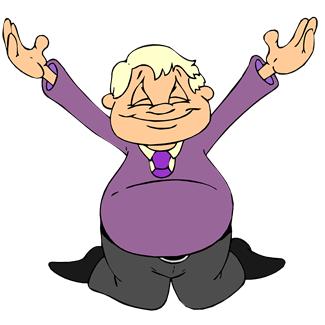
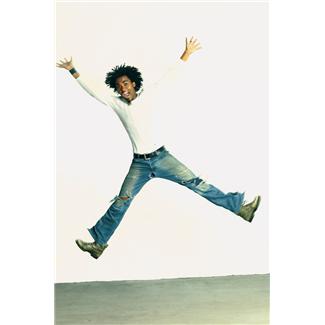 The habit of gratitude can be an acquired taste. Some of us naturally feel love and happiness with each positive occurrence. We also may have the temperance to quell the urge for revenge in negative events. Others of us train ourselves to jump-start the love through various means, even though we get angry. And then there are most of us who can develop this habit through the study of philosophy, through the inspiration of a teacher, the appreciation for a second chance or the lessons that experience brings.
The habit of gratitude can be an acquired taste. Some of us naturally feel love and happiness with each positive occurrence. We also may have the temperance to quell the urge for revenge in negative events. Others of us train ourselves to jump-start the love through various means, even though we get angry. And then there are most of us who can develop this habit through the study of philosophy, through the inspiration of a teacher, the appreciation for a second chance or the lessons that experience brings.
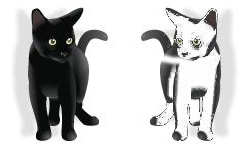 5) What about a friend’s offering the very thing you wished for without your having to ask? This happened to me when my close friend suggested my pets could stay with her while I traveled. If you’ve ever had a pet, you know how important it is to feel secure with the people who are taking care of them.
5) What about a friend’s offering the very thing you wished for without your having to ask? This happened to me when my close friend suggested my pets could stay with her while I traveled. If you’ve ever had a pet, you know how important it is to feel secure with the people who are taking care of them.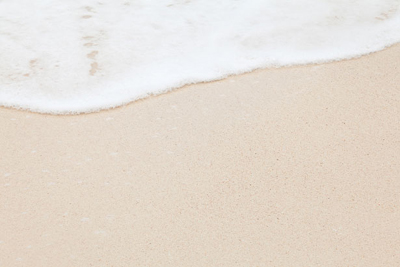 13) How about going to the beach and smelling that delicious salt smell? It is healing. wonderful and a big gift.
13) How about going to the beach and smelling that delicious salt smell? It is healing. wonderful and a big gift.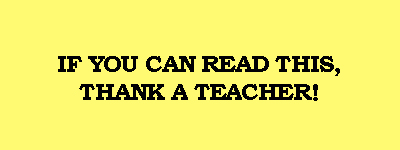 There used to be a sign in the NYC subway that said,
There used to be a sign in the NYC subway that said,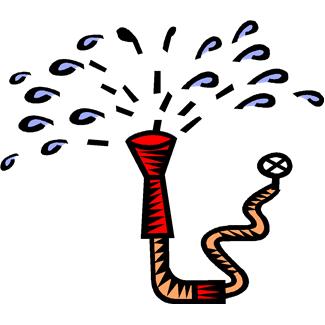 23) What about having running water? Now that I have an awareness of how many people go to the river or water location daily to get water for the house, I am super grateful. I also know that 783 million do not have access to clean water; many are bringing home contaminated water. I also know that, if we reduced our bottled water intake by 1/3, we could fund a project to fix the dirty water issue.
23) What about having running water? Now that I have an awareness of how many people go to the river or water location daily to get water for the house, I am super grateful. I also know that 783 million do not have access to clean water; many are bringing home contaminated water. I also know that, if we reduced our bottled water intake by 1/3, we could fund a project to fix the dirty water issue.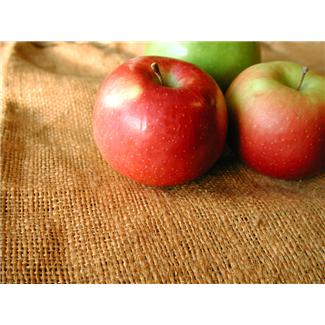 28) How about the way a food or drink calms the spirit from tension or anxiety? I’m remembering mouthwatering organic apple cider that hit the spot after one of those awful medical tests last week. It calmed my system but mostly my mind. It was like magic elixir to take away the psychological trauma from the sounds of a magnetic imaging machine.
28) How about the way a food or drink calms the spirit from tension or anxiety? I’m remembering mouthwatering organic apple cider that hit the spot after one of those awful medical tests last week. It calmed my system but mostly my mind. It was like magic elixir to take away the psychological trauma from the sounds of a magnetic imaging machine. 35) Not making too many mistakes when playing the piano recital.
35) Not making too many mistakes when playing the piano recital. 63) Living within 2 minutes of the ocean.
63) Living within 2 minutes of the ocean.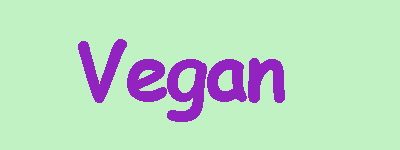 74) Having the locational and financial opportunity to be vegan.
74) Having the locational and financial opportunity to be vegan.
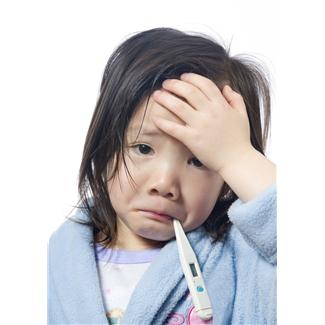 We are often not aware of sickness habits or wellness habits. For the most part, when we’re sick, we are consumed with feeling sick. Hopefully, you can’t relate to this feeling, but most of us can and do. And when we are well, we are not thinking about sickness.
We are often not aware of sickness habits or wellness habits. For the most part, when we’re sick, we are consumed with feeling sick. Hopefully, you can’t relate to this feeling, but most of us can and do. And when we are well, we are not thinking about sickness.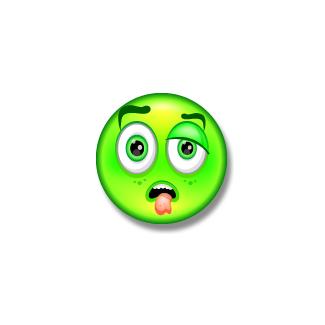 So far, the only times I have been sick have happened in the past couple of years since I turned 60. And both times, my “specialist” physicians could give me no definitive cause for what I was feeling. That did prompt me to pine for a non-fiction version of Dr. House, MD, the TV series diagnostician, extraordinaire and gave me a bit of anxiety. I even wrote an article about it which you can access at the end of this article.
So far, the only times I have been sick have happened in the past couple of years since I turned 60. And both times, my “specialist” physicians could give me no definitive cause for what I was feeling. That did prompt me to pine for a non-fiction version of Dr. House, MD, the TV series diagnostician, extraordinaire and gave me a bit of anxiety. I even wrote an article about it which you can access at the end of this article.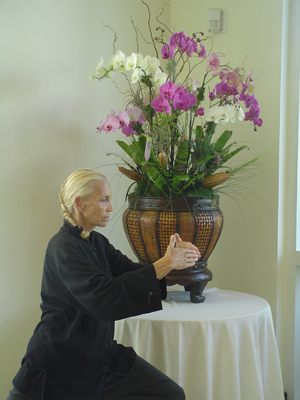 What I realized immediately was that the position of the proposed 48-hour position of the head was the suspended head position we teach in tai chi that brings stability to the region, allows the most oxygen to freely flow to the lungs, taxes the neck less than any other position and allows the most alertness and focus. It maintains tai chi principle by keeping the bones and body in proper alignment. It turns out it also helps to alleviate dizziness.
What I realized immediately was that the position of the proposed 48-hour position of the head was the suspended head position we teach in tai chi that brings stability to the region, allows the most oxygen to freely flow to the lungs, taxes the neck less than any other position and allows the most alertness and focus. It maintains tai chi principle by keeping the bones and body in proper alignment. It turns out it also helps to alleviate dizziness.
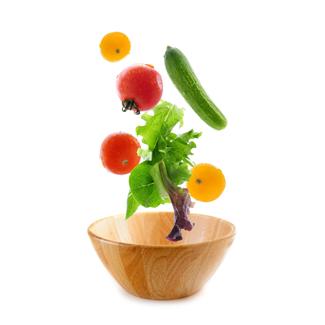 When we are sick, we may be nauseated, and we may not feel hungry. If we don’t eat, unfortunately, we will deplete our body nutrients.
When we are sick, we may be nauseated, and we may not feel hungry. If we don’t eat, unfortunately, we will deplete our body nutrients.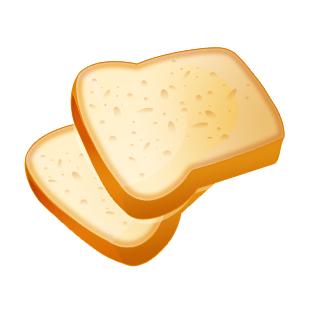
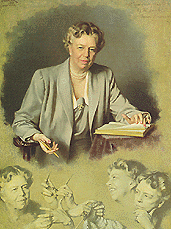 1)
1) 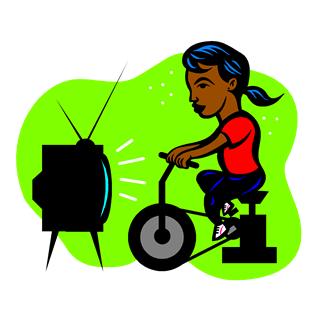 May we all have more healthy days than sick, and may we take responsibility for turning sickness into health.
May we all have more healthy days than sick, and may we take responsibility for turning sickness into health.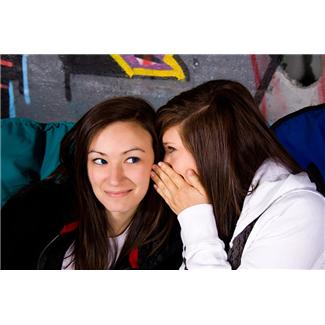 There is one secret to habit change. We don’t need to be college-educated to understand it. We don’t have to have been brought up in a wealthy home to use it. It is the same in every country. It applies to every habit. We all know the concept as it applies to daily life. Yet, it’s still a secret.
There is one secret to habit change. We don’t need to be college-educated to understand it. We don’t have to have been brought up in a wealthy home to use it. It is the same in every country. It applies to every habit. We all know the concept as it applies to daily life. Yet, it’s still a secret.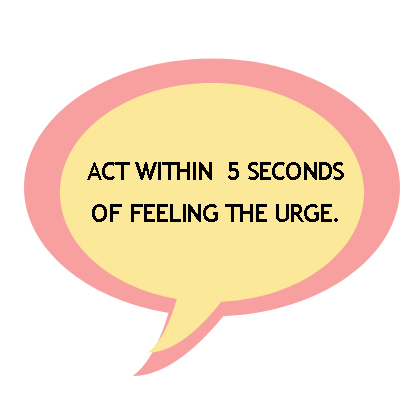 In order to hear it, we must be ready at this very moment to realize its truth; and that if we don’t make it a priority in our lives, we will go another way. Easiest is best, and that’s upon what this secret is based.
In order to hear it, we must be ready at this very moment to realize its truth; and that if we don’t make it a priority in our lives, we will go another way. Easiest is best, and that’s upon what this secret is based. Picture the situation where we get an urge to eat cake. We are on a strict regimen not to include cake in our food plan. If we don’t act with instant motion within five seconds of the urge, we have already given ourselves time enough to plan which way we will walk to the cake store, passing an Automatic Teller Machine along the way, since we keep no cash with us to avoid running out to buy food. Oops, we forgot about the ATM card. Or figuring out how to run up an account with the local grocer if we have no cash, if we have remembered not to have an ATM card around.
Picture the situation where we get an urge to eat cake. We are on a strict regimen not to include cake in our food plan. If we don’t act with instant motion within five seconds of the urge, we have already given ourselves time enough to plan which way we will walk to the cake store, passing an Automatic Teller Machine along the way, since we keep no cash with us to avoid running out to buy food. Oops, we forgot about the ATM card. Or figuring out how to run up an account with the local grocer if we have no cash, if we have remembered not to have an ATM card around.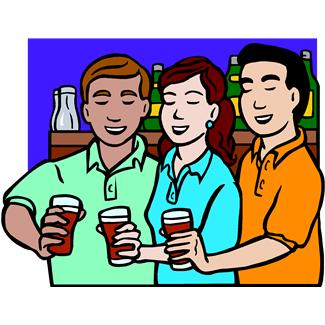 Imagine it’s the end of the work day, we are closing up our store and start getting the urge to join all our buddies across the street and drink alcohol. Yet, we know, at this time, we have decided to abstain from alcohol because it does not support us. So, when we feel that craving, we have a choice: we can act within 5 seconds and take a new action that does not involve alcohol OR wait and go drink alcohol, a behavior we already know is not working for us. If the people at the pub are really our buddies, we will see them later, not in the bar.
Imagine it’s the end of the work day, we are closing up our store and start getting the urge to join all our buddies across the street and drink alcohol. Yet, we know, at this time, we have decided to abstain from alcohol because it does not support us. So, when we feel that craving, we have a choice: we can act within 5 seconds and take a new action that does not involve alcohol OR wait and go drink alcohol, a behavior we already know is not working for us. If the people at the pub are really our buddies, we will see them later, not in the bar.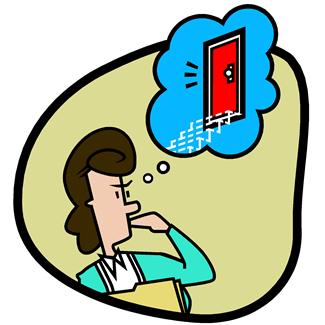 We have a very short window of opportunity in which to execute the one secret to habit change. It’s usually in that five second range that we must act. If we don’t take a new action within that time, we will habitually do our old behavior. And changing our habit will wait on the sidelines another day.
We have a very short window of opportunity in which to execute the one secret to habit change. It’s usually in that five second range that we must act. If we don’t take a new action within that time, we will habitually do our old behavior. And changing our habit will wait on the sidelines another day.
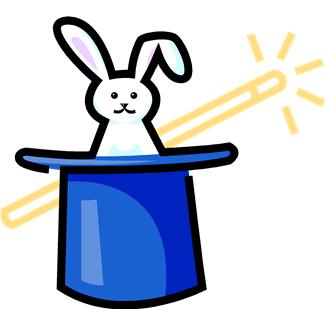 Do it. It is massively impactful, requires little activity, not much effort other than the effort of doing magic on or tricking one’s own mind. And it works on all the urges to a large degree.
Do it. It is massively impactful, requires little activity, not much effort other than the effort of doing magic on or tricking one’s own mind. And it works on all the urges to a large degree.





